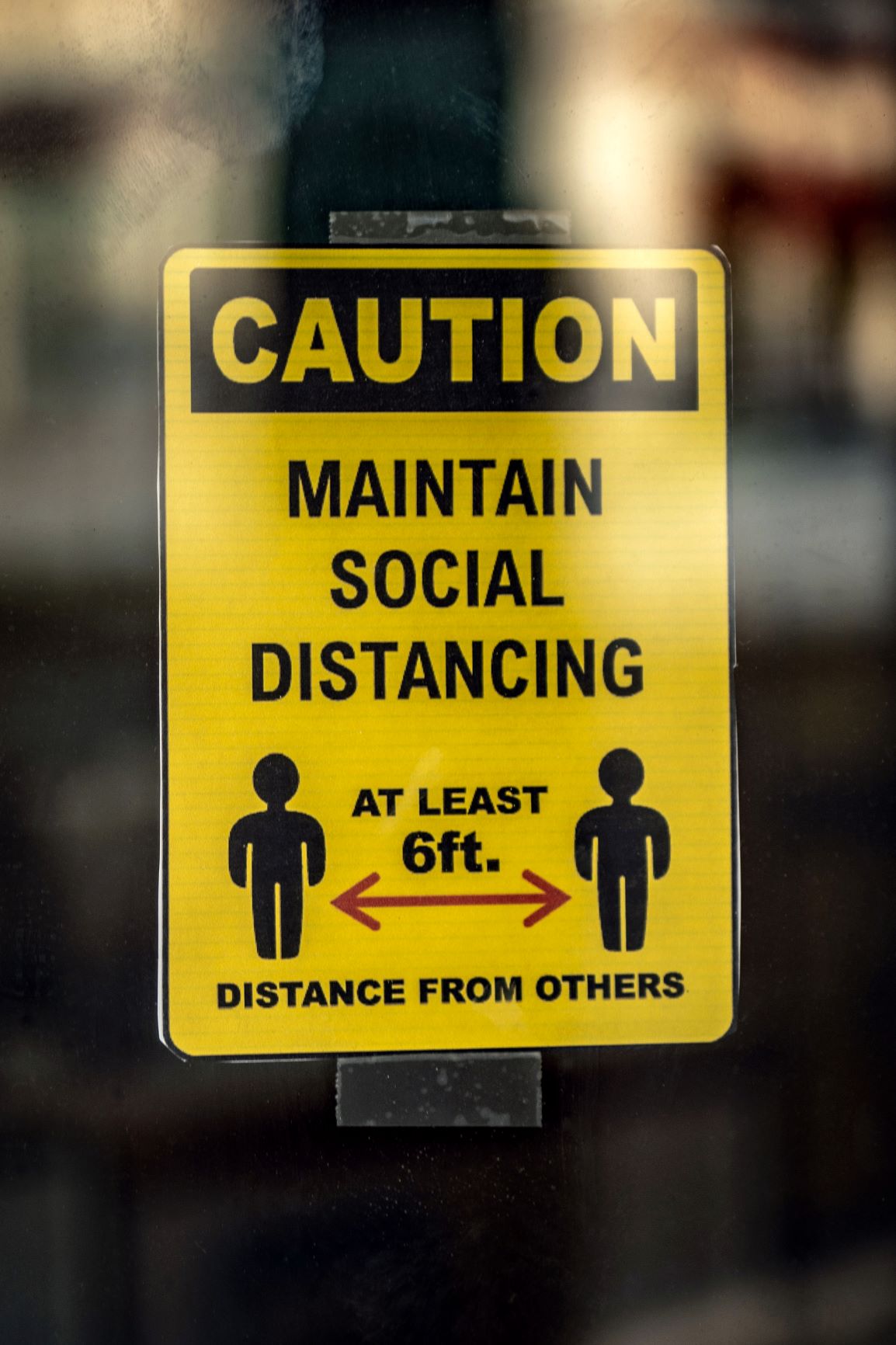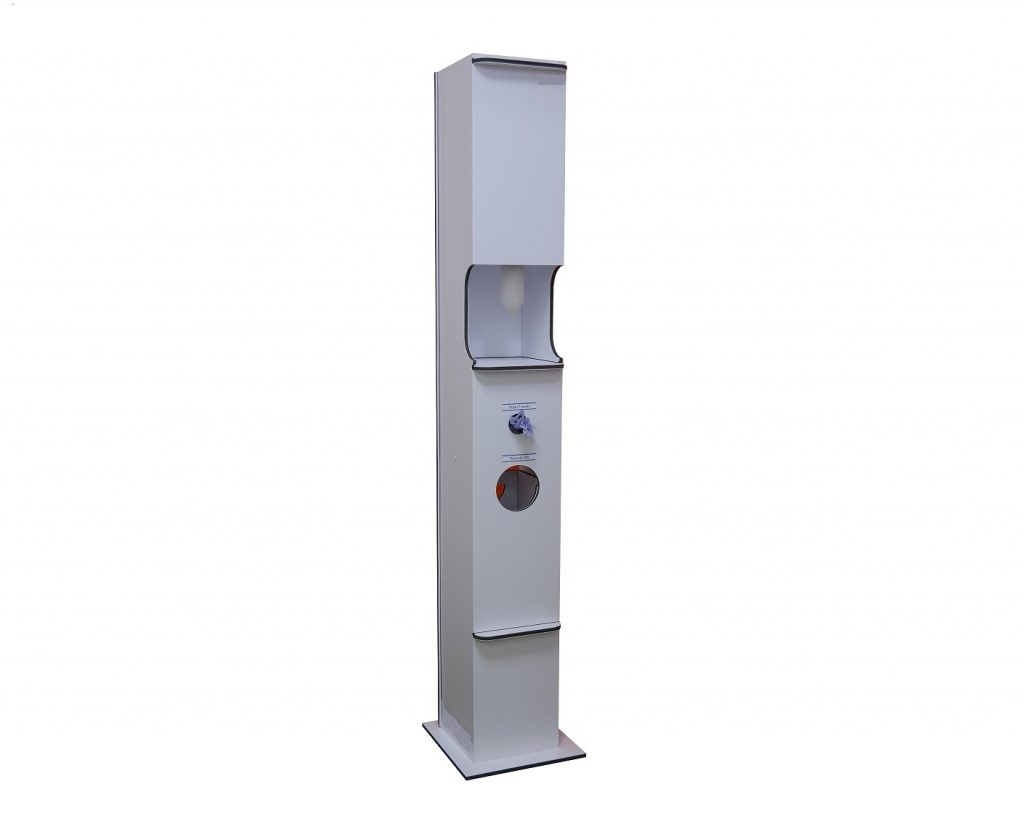Health and safety at your heritage property during the pandemic
 The Government, in partnership with Historic England, has issued guidance for people who work or volunteer in heritage locations, to help them understand how to work safely and keep customers and visitors safe during the COVID-19 pandemic.
The Government, in partnership with Historic England, has issued guidance for people who work or volunteer in heritage locations, to help them understand how to work safely and keep customers and visitors safe during the COVID-19 pandemic.
This guidance, which has been produced in consultation with English Heritage, the Church of England, and the Health and Safety Executive, among other contributors, provides a practical framework to help organisations continue, or restart, their operations during the COVID-19 pandemic.
Following three months of lockdown, some churches across England have now reopened their doors for public services of worship once again.
Churchgoers will have already noticed some changes as services must now take place under strict social distancing guidelines. This currently means that singing is prohibited and parishioners must follow hygiene measures and keep two metres apart. Vicars have been advised to wear face masks and visors. Some churches have held their first ever drive-in services, with worshippers asked to sing in their cars to limit the risk of spreading infection. Services across the country have also been live-streamed, with congregants joining together in virtual-worship.
Many ecclesiastical and heritage organisations rely on volunteer support to deliver their daily operations and the aim of the Government guidance is to ensure that volunteers are provided with the same level of health and safety protection as employees and the self-employed. When considering how best to manage health and safety risks, heritage site operators are asked to consider staff and visitors, including members of the public and contractors visiting the site for work.
Measures which should be taken include:
Cleaning and clearance
Cleaning procedures not only protect your site but, during a pandemic, they also help to reduce the risk of infection transmission. Careful consideration should be given to the cleaning procedures at heritage sites, not least because the very fabric of the building, in comparison to modern structures, can be vulnerable to damage if strong chemical-based cleaning formulas are used. Alternative options, such as leaving longer periods between contact and access or using temporary covers over delicate surfaces might be more appropriate than heavy-duty cleaning regimes. During the summer months make the most of natural ventilation by opening doors and windows, where it is safe and secure to do so. Notifying visitors and staff about any changes to your processes, which might affect their work or experience at the site, and explaining why they are necessary is important. You may also want to gently place some responsibility on visitors and encourage them to take their own litter home.
 Hygiene and sanitisation
Hygiene and sanitisation
Taking steps to promote good hygiene will reduce the risk of germs spreading, such as displaying clear signage to raise awareness of good hand-washing techniques. Make hand sanitiser available on entry to public spaces and toilet facilities and ensure there is a good supply of handwashing and drying products available to staff and visitors. Creating and displaying a visible cleaning schedule will ensure your facilities are regularly checked and adequately stocked, as well as providing reassurance that appropriate hygiene measures are being taken to protect people. Consider installing portable hand hygiene stations, such as those from safety and security experts SafeSite Facilities, at entry points around your site to encourage regular hand washing and sanitisation.
Social distancing
Sites should limit the number of visitors and worshippers, to maintain safe social distancing. Attendees may be asked to leave their name and contact details for track and trace purposes and attractions should clearly explain how and why this data will be used in the event an infection is detected. One-way routes and clear floor markings will help guide visitors around venues safely. Social distancing safety barriers may also be helpful in areas where queues usually form, or to create safe walkways between car parks and your venue.
Personal Protective Equipment (PPE)
Contractors will routinely wear PPE if work if any building or restoration works are being carried out at your site. This may be extended to staff to protect the wearer against any possible health or safety risks at work, such as wearing a face covering, where social distancing is not possible. This will provide additional reassurance to staff and visitors that you are taking personal health and safety seriously.
It is worth noting that the Government’s guidance emphasises that managing the risk of COVID-19 transmission in the workplace – except in healthcare settings – is most effectively carried out by maintaining social distancing, good hygiene practices and working in small, fixed teams and not through the use of additional PPE.
Further information about working safely during the coronavirus can be found on the Government’s website.















